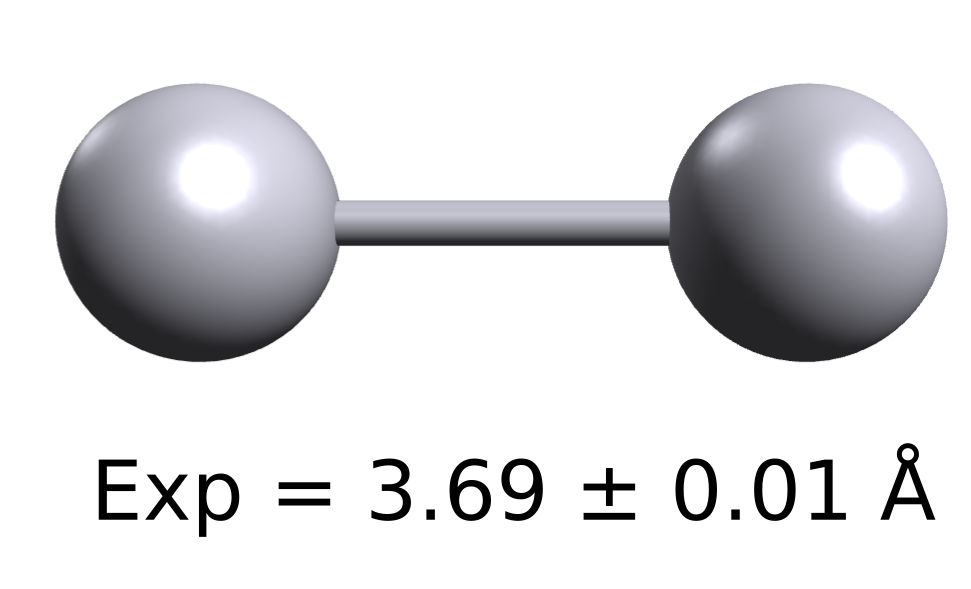Relativistic corrections¶
When calculating properties or geometries of systems that contain heavy elements (fourth row and beyond), relativistic effects can have a big impact and should not be ignored.
Currently, there are two methods that can be used in ORCA to include that, the Zero-Order Regular Approximation (ZORA, [Baerends1996]) or the Douglas-Kroll-Hess (DKH, [Kroll1974] [Hess1985]) Hamiltonian. They are somewhat different and have specific strengths - so one should consider the results carefully - but maybe the most widely used is ZORA and its variants.
Including relativistic corrections¶
The actual use is quite simple, one can just ask for ZORA or DKH on the main input, such as:
!B3LYP ZORA ZORA-DEF2-TZVP
or
!B3LYP DKH DKH-DEF2-TZVP
Note that here we are using specific basis for each method, named ZORA- or DKH-DEF2-TZVP. This is necessary because these basis have been specifically designed for these all-electrons calculations, and the relativistic correction should NOT be used together with the regular basis or pseudopotentials. For a detailed description of options, please check the ORCA manual.
RI and ZORA/DKH¶
If you want to use any of the RI methods to accelerate the SCF, another set of special /J basis has to be used:
!B3LYP ZORA ZORA-DEF2-TZVP RIJDX SARC/J
or
!B3LYP DKH DKH-DEF2-TZVP RIJDX SARC/J
For instance, the SARC/J auxiliary basis can be used for all the ZORA or DKH-DEF2 basis. If no specific basis is available, then one can always use AUTOAUX to automatically generate one.
Important
The SARC/J basis were optimized for RI on the SCF part, not the MP2 or higher-level correlated methods! For correlation specific /C basis consult the manual and in case of abscence use !AUTOAUX.
Example: the Hg dimer¶
Let's test the impact of these effects on the Hg dimer, that has an experimental bond length of \(3.69 Å\) [Sattler2017]. This a rather extreme case of a very heavy element in a homodiatomic molecule, however it highlights the importance and magnitude of these effects.

The geometry can be optimized at a regular Double-hybrid density functionals (DHDF) level using the DEF2-TZVP basis, that makes use of pseudopotentials for the core orbitals that try to simulate relativistic effects or using the all-electron ZORA-DEF2-TZVP basis:
!B2PLYP DEF2-TZVP DEF2-TZVP/C OPT
* XYZ 0 1
Hg 0 0 0
Hg 0 0 3
*
or
!B2PLYP ZORA SARC-ZORA-TZVP SARC/J AUTOAUX OPT
* XYZ 0 1
Hg 0 0 0
Hg 0 0 3
*
The first results in a molecule with a \(3.84 Å\) bond, and the relativistic ZORA results in \(3.78 Å\), which is in better agreement with the experimental results!
Note
The auxiliary basis for the RIJ approximation used during the relativistic case here was chosen as the appropriate SARC/J.
Warning
Geometry optimizations using relativistic corrections turn on by default a one-center approximation by default, that changes the energy values. Do not compare single point energies from those you obtain from an !OPT run, these numbers are be incompatible.